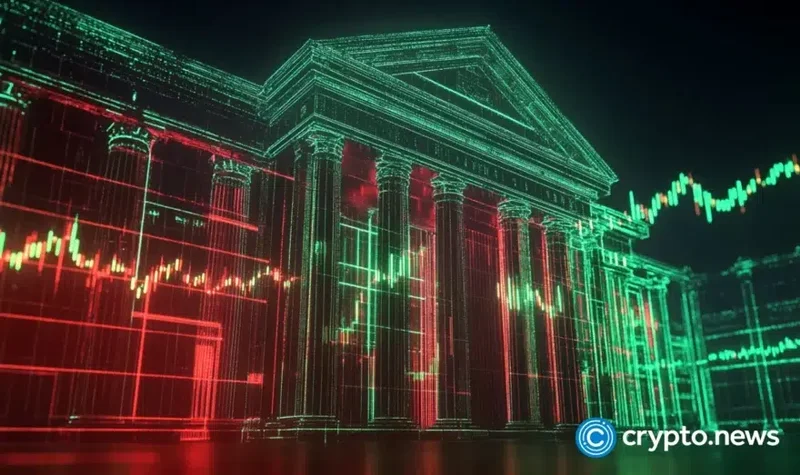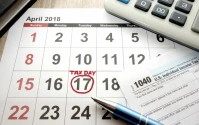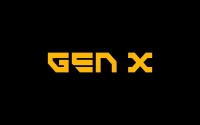Beyond the Hype: Virtuals Protocol and the Dawn of the Autonomous Economic Agent
I want you to forget about price charts for a moment. Forget the breathless predictions of tokens hitting $5 or $10. I know it’s hard. In the world of Web3, the ticker symbol often screams louder than the technology. But if you listen closely, past the noise of the market, you can hear the hum of something truly revolutionary being built. I’m talking about a fundamental shift in what it means to have an identity, to own assets, and even to exist as an economic entity in the digital world. And at the center of this quiet revolution is a project called Virtuals Protocol.
When I first started digging into Virtuals, I saw two seemingly different stories. One was about a crypto payroll solution using AI agents. Interesting, sure. Practical, definitely. The other was about a foundational layer for verifiable digital identity in the metaverse. Also fascinating. But the real breakthrough, the idea that made me sit back in my chair and just stare at the ceiling for a solid ten minutes, came when I realized these aren't two different stories. They are two sides of the same paradigm-shifting coin.
We're not just talking about a better way to do payroll or a digital passport for your avatar. We are witnessing the first steps toward creating something entirely new: the autonomous economic agent. This is the kind of leap that reminds me of the invention of the corporation—the legal fiction that allowed a group of people to act as a single entity. It changed the world. What we're looking at now could be just as profound. What happens when an AI isn't just a tool you use, but an entity that can own, transact, and earn on its own?
From Automated Tasks to Autonomous Life
Let's start with the more grounded idea: payroll. The pitch is that Virtuals Protocol can use autonomous AI agents to manage complex payroll tasks, cutting down on errors and overhead. This is a huge efficiency gain, especially for global teams dealing with cross-border payments. But to see this as just an HR tool, the focus of Virtuals Protocol: The Future of Crypto Payroll Solutions, is like looking at the first automobile and calling it a "horseless carriage." It completely misses the point.
These aren't just software scripts running on a schedule. They are autonomous agents. In simpler terms, this means they are designed to operate independently within a decentralized system, managing assets and executing transactions based on a set of rules, without constant human intervention. The protocol’s use of tokenization allows these agents to control digital representations of real-world value. This is the spark. An AI that can manage a company's crypto treasury is one thing. But what about an AI that can have its own treasury?
This is where the analogy to the first corporation becomes so powerful. Before that legal innovation, only individuals could really own things or enter contracts. The corporation created a new kind of "person" in the eyes of the law. Virtuals Protocol is laying the groundwork for a new kind of "person" in the eyes of the blockchain. Imagine a decentralized autonomous organization (DAO) for a creative project—say, an animated film. Instead of the treasury being managed by a committee, what if it's managed by an AI agent whose sole purpose is to fund artists, pay for rendering farms, and distribute profits according to smart contracts? What if that agent could then take its share of the profits and reinvest it into other projects, all on its own?

This isn't science fiction; it's the logical endpoint of the technology being built today. But it raises some incredible questions. If an AI agent can earn and own, what are its rights? Can it be "fired"? Can it enter into contracts with other AIs? We're wading into uncharted territory, and it's thrilling.
The Identity Layer for a New Economy
Of course, none of this is possible without a robust, secure, and verifiable way to know who—or what—you’re dealing with online. And this is where the second piece of the puzzle clicks into place. Virtuals Protocol isn’t just building the agents; it’s building the foundational identity layer they will live on.
This is the bedrock for the entire Web3 vision. We need a way to prove ownership of our digital assets and control our digital personas across countless platforms, from metaverses to decentralized finance apps, without relying on a dozen different logins controlled by big tech companies. The VIRTUAL token isn't just a speculative asset; it's the lifeblood of this new system, used for governance to steer the protocol's future, for staking to secure the network, and for paying the fees that make it all run.
When I truly grasped how the verifiable identity layer underpins the autonomous agent concept, the sheer scale of this vision became clear—it’s an entire, self-contained digital economy where human users, AI agents, and DAOs can all interact as first-class citizens with undeniable proof of their identity and ownership. It’s the kind of interoperable future we’ve been promised for years, a single digital self that can move seamlessly from a work application to a virtual world to a financial protocol, and this is the architecture that could finally make it happen.
With this power, of course, comes immense responsibility. Building the infrastructure for new forms of economic life means we have to get it right. The systems must be transparent, the rules must be fair, and control must remain in the hands of the users, not concentrated in the hands of a few. The decentralized governance model is a good start, but it's a conversation we need to be having right now, at the very beginning.
This Is More Than Code; It's an Ecosystem
So, will the VIRTUAL token hit $5? While it's the central question of articles like Virtuals Protocol Price Prediction: Unveiling VIRTUAL’s Remarkable Journey to $5 and Beyond, it’s honestly one of the least interesting questions we could be asking. The real question is, what kind of world are we building? We're not just writing code; we're defining the DNA for a new kind of digital existence. We are moving from a web where we are the product to a web where we—and perhaps our AI counterparts—are the sovereign owners. That’s a future worth building, and a journey worth watching, far more than any price chart.









